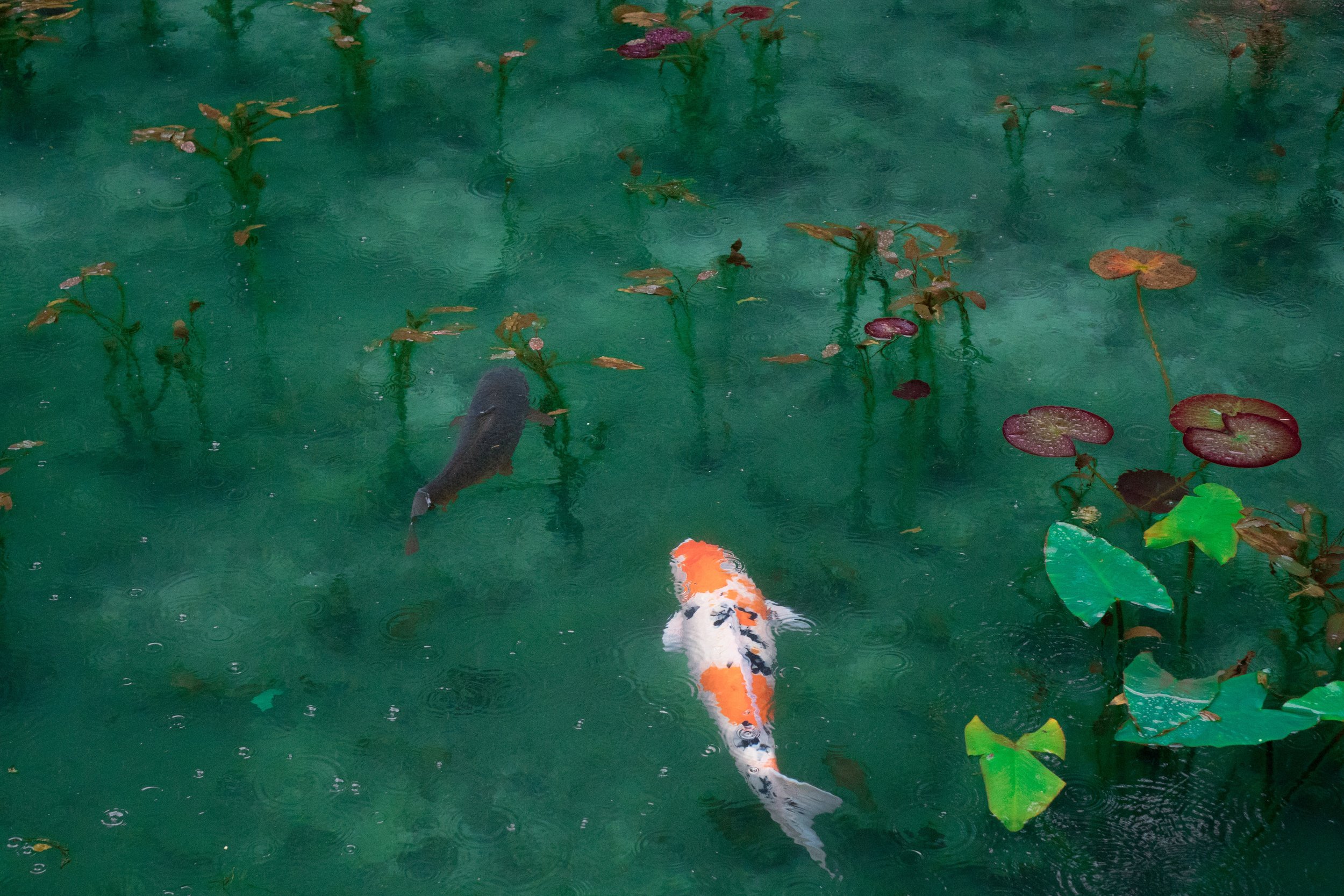
Hope +Wellness Blog
little snippets of advice for everyday challenges many people share

Tending to Plants for Better Mental Health
Have you ever considered the benefit of taking care of something else as part of your own self care process?
It may sound counterintuitive, but it’s true: creating routines where you tend to something else (a pet, a garden, a community project) benefits not just what you’re tending to, but your own mental wellness. Today we’re going to look at tending to plants specifically, but many of the benefits can come from making space to tend to other things (pets, community spaces, etc.) as well.

Mindfulness Tips for When You’re Having a Bad Day
When you’re in the middle of a bad day, you might feel like there’s nothing you can do to feel better in the moment. Depending on the situation, that might be true. However, mindfulness can be a helpful tool to have in your mental toolbox for when tough stuff comes up. Relying on mindfulness can help you make the most of your bad day and gain a sense of peace.

4 Ways Mindful Breathing Can Help You Feel Better
It might seem surprising, since breathing is the one thing we’ve all been able to do since birth, but many folks have a tendency to hold their breath when they’re stressed or distracted. Getting in touch with your breath through mindful breathing can help you feel better during times when you are stressed or upset.

Spending Time with Your Inner Child this Autumn
As the weather cools, it’s finally starting to feel like autumn! There are many ways you can connect to your inner child throughout the year, but why not have a little seasonal fun with it? Here are just a few ideas on how you can use the changing of the seasons as an opportunity to connect with your inner child.

Mindfulness To Help Anxiety
Do you ever feel like you are overwhelmed by all of the thoughts and feelings taking up space in your head? Most of us have days where we feel like our brains won’t knock it off, but for folks living with anxiety, this can be a constant battle. Your thoughts, feelings, worries, judgments, and decisions take up a lot of space in your brain, and it can be hard to focus on anything else sometimes. One way to give yourself a buffer between you and the noise in your head is to develop a mindfulness practice.

4 Ways to Add Mindfulness to Your Daily Routine
There is no one right way to be mindful, or to practice mindfulness. You don’t need a specially designated mindfulness or meditation space. The most important thing in mindfulness is the switch from your doing mode to you being mode, whatever that looks like in your life.

Well Rounded Wellness: Exploring the Health Benefits of Spirituality
We’ve talked a bit before about the link between physical and mental wellness. And research is now showing that there is a significant mind-body connection; meaning our mental health can influence our physical health, and vice versa.
So we know that health isn’t just one or the other. It’s not physical or mental, it’s a combination of caring for all of the different aspects of ourselves. But within this mind body connection, there’s another aspect often left out of the conversation: spiritual wellness.

Mindfulness for Stress Relief
What is Mindfulness?
What does it mean to cultivate a mindfulness practice? Is mindfulness the same as meditation? There is a lot of uncertainty surrounding the idea of mindfulness–but it’s actually quite straightforward. Being mindful is the simple act of being aware of the moment you are in, while you are in it.

10 Mindfulness Apps to Improve Your Life Right Now
When was the last time you felt fully immersed in the present moment? If you are having trouble pinpointing a time, you’re not alone. Mindfulness can be a transformative practice that helps you learn to sit with your thoughts and focus fully on the here and now. Mindfulness has become such a popular practice that there are even dozens of mindfulness apps available to help you get started. But what is mindfulness, anyway?

11 Mindful Quotes for Serenity and Clarity
So often we hear messages from society that we need to be fitter, prettier, more youthful, wealthier and to reach some future state of being in order to be happy but the truth is that peace and contentment are available to you in the here and now.
Hope+Wellness is a mental health practice specializing in the treatment of depression, mood, stress, and anxiety in kids, teens, and adults. This is a blog about living well and finding meaning and purpose in the face of difficult challenges. This is a blog about finding hope.
Archive
- ACT
- ADHD
- Acceptance
- Anxiety
- Authenticity
- Belonging
- Bipolar
- CBT
- Calming
- Change
- Chronic Illness
- Chronic Pain
- Communication
- Community
- Coping Skills
- DBT
- Dating
- Depression
- EMDR
- Emotions
- Entrepreneurs
- Friendship
- Gratitude
- Grief
- Health Psychology
- Hope
- Inspiration
- Intimacy
- Intuition
- Joy
- Letting Go
- Love
- Manic Depression
- Mindfulness
- Miscarriage
- OCD
- Parenting
- Personal Growth
- Positive Vibes
- Quotes
- Relationships
- Resources
- Self-Compassion
- Self-Reflection
- Services
- Sleep
- Spirituality
- Stress Management
- Stress Relief
- Suffering